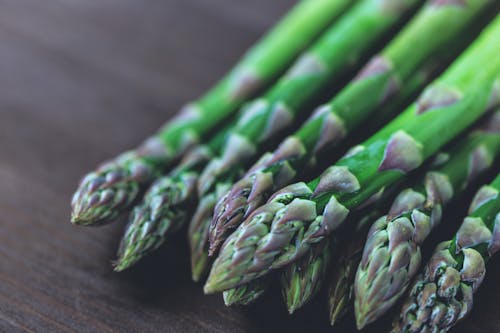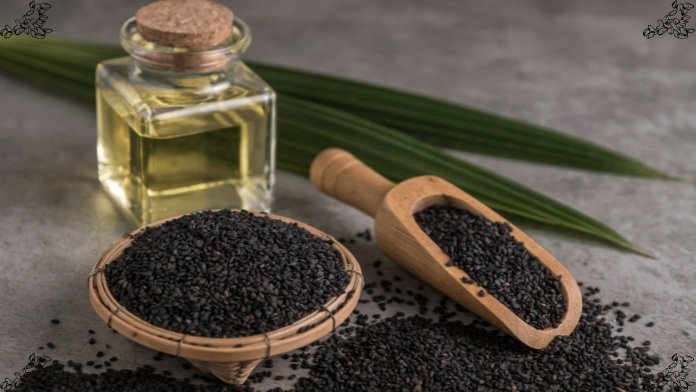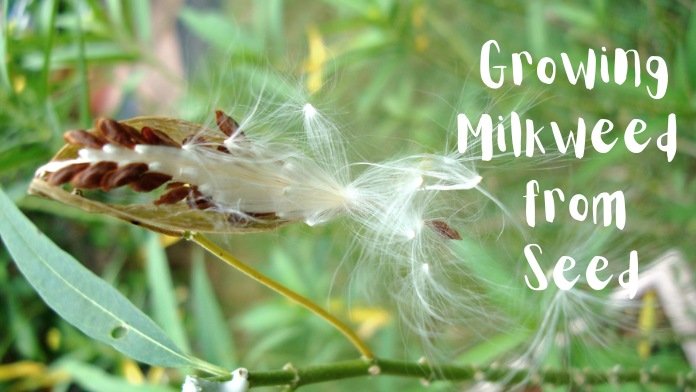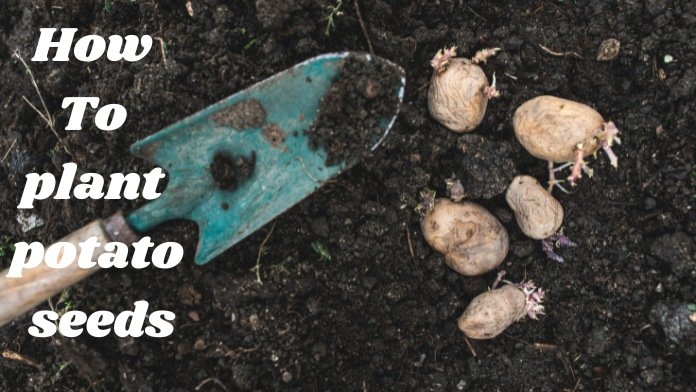
How to Grow Asparagus
Growing asparagus requires patience and care. Begin by selecting a sunny, well-drained spot in your garden. Prepare the soil by adding compost or aged manure. Plant asparagus crowns or seeds in trenches about 6-12 inches deep and spaced 12-18 inches apart. Keep the soil consistently moist and weed-free. With proper maintenance, you can enjoy a bountiful harvest for years to come.
The Anatomy of an Asparagus Plant
Asparagus, a long-lived crop, can generously yield harvests for over 15 years under favorable conditions. Being a perennial fixture in the vegetable patch, understanding its growth is essential for gardeners.

The plant develops a “crown” at its base, where both roots and shoots emerge. As it matures, the crown expands, creating denser vegetation. Protecting this crown is vital for sustained harvests.
Emerging from the crown are tender, edible shoots known as “spears,” which, if left, mature into feathery foliage termed “ferns.” These ferns are crucial for harnessing energy from the sun, fueling both current growth and future spear development.
Asparagus exhibits dioecious traits, with male and female flowers on separate plants. Most commercially available crowns are male, as they redirect energy away from fruit and seed production, resulting in more abundant spear yields. Additionally, female plants can produce weedy offspring, posing management challenges in certain regions.
Choosing Which Asparagus to Grow
Seeds or Crowns?
Asparagus cultivation offers two primary methods: from seed or crowns. Regardless of your choice, expect a waiting period of up to three seasons for a full harvest. However, seed-grown plants typically require an additional year to reach the maturity of crown-grown ones.
Unlike many other vegetable crops with diverse varieties in specialty seed catalogs, asparagus selection may not differ significantly between seed and crown options. Typically, varieties available as seeds are also sold as crowns. The notable contrast lies in cost, with crowns being considerably pricier.
Types of Asparagus

While we may be most familiar with standard, grocery-store green asparagus that has spears roughly the size of a pencil, there are more varieties available in different colors and sizes. Gardeners can also choose between hybrid and heirloom types.
- Green Asparagus: This is the most commonly cultivated type, with vibrant green spears and a slightly sweet flavor. It’s versatile and can be cooked in various ways, such as steaming, grilling, or roasting.
- Purple Asparagus: Known for its striking purple color, this variety has a slightly sweeter taste compared to green asparagus. It contains high levels of anthocyanins, antioxidants that give it its distinctive hue. Purple asparagus is best enjoyed fresh to preserve its color and flavor.
- White Asparagus: Grown by depriving the spears of sunlight, white asparagus has a milder flavor and more tender texture compared to green asparagus. It’s popular in European cuisine and is often served boiled or steamed with hollandaise sauce.
- Wild Asparagus: This type grows naturally in various regions and is smaller and thinner than cultivated varieties. It has a more intense flavor and can be foraged in some areas during the spring season.
- Giant Asparagus: Also known as “Pacific Giant” or “Atlas” asparagus, this type produces thicker and meatier spears compared to standard varieties. It’s favored by some growers for its robust flavor and substantial size.
Where to Plant Asparagus
Selecting the ideal location for growing asparagus requires careful consideration of sunlight, slope, and soil conditions. Opt for a sunny area with a minimum of seven hours of direct sunlight daily, prioritizing spots with northern or eastern exposure to mitigate the risk of late spring frosts. Ensure good drainage to prevent waterlogging, as asparagus thrives in well-drained soil.

Due to its sensitivity to root disturbance, plant asparagus alongside other perennial crops like strawberries, rhubarb, or sunchokes. This minimizes the risk of disruption from seasonal cultivation. If growing among annual vegetables, take precautions to avoid damaging asparagus roots during planting, weeding, harvesting, or removing spent crops.
Add Organic Matter
Asparagus thrives in nutrient-rich soil abundant with organic matter. Enhance the soil’s health by incorporating ample quantities of mature compost or well-composted manure into the planting area before sowing. This enriches the soil, enhancing its water retention capabilities, optimizing drainage, and nourishing beneficial microorganisms essential for plant growth.
Do a Soil Test
Conducting a soil test is advisable for any gardening endeavor, but it holds particular significance when preparing to cultivate a perennial crop like asparagus. Asparagus thrives in slightly acidic soils with a pH level around 6.5 and has substantial nutrient requirements. A comprehensive soil test report provides essential insights into existing nutrient levels, pH balance, and organic matter content, enabling tailored recommendations for optimizing the garden bed to foster robust and productive asparagus plants. Many state extension service programs offer soil testing services to assist residents in this process.
Planting Asparagus
Starting Asparagus From Seed
Optimal growth for asparagus seeds occurs within soil temperatures ranging from 77 to 86 degrees Fahrenheit. Before sowing directly into the garden, gauge soil temperature using a soil thermometer. Plant seeds at depths ranging from 1/4 to 3/4 of an inch in rows spaced approximately 18 inches apart. Subsequently, thin seedlings to maintain a 6-inch spacing within rows.

Apply a 3-inch layer of straw mulch over the bed to deter weed growth and safeguard delicate seedlings. Practice careful weeding to avoid harming the young plants and ensure consistent watering during the establishment phase.
Alternatively, initiate asparagus seedlings indoors 12 to 14 weeks before the planting date and transplant them outdoors post-last frost. Soaking seeds overnight before planting can expedite germination, taking between three to six weeks.
Use a standard soilless potting mix to fill pots, scattering several seeds on the surface and lightly covering them with the mix. Upon emergence, retain the healthiest plant per pot and transfer outdoors when temperatures consistently exceed 60 degrees Fahrenheit, taking care not to bury the seedlings too deeply.
Refrain from harvesting any seed-grown asparagus during the initial two years. Certain modern hybrid varieties may mature sooner, permitting harvest in the second year. Refer to the seed packet for specific guidance tailored to your chosen variety.
Starting Asparagus From Crowns
The most prevalent method of asparagus cultivation involves utilizing one-year-old crowns. While asparagus seedlings should wait until after the last frost to be planted, crowns are typically introduced to the ground between 2 and 4 weeks before this event, commonly in spring.
Before planting, it’s recommended to soak the crowns in water. Duration varies among sources, with some advising overnight soaking, while others suggest 20 minutes is adequate.
Prepare a furrow approximately one foot wide and 5 to 12 inches deep, spacing rows 3 to 6 feet apart. Create a shallow ridge at the furrow’s base. In heavy clay soils, plant the crowns 5 or 6 inches deep, increasing depth for lighter sandy soils. Gardeners in cooler Northern climates may bury crowns deeper for winter insulation. Seek guidance from local extension services for region-specific practices.
Position the crowns in the furrow, spacing them around a foot apart with buds facing upward and roots spread along the furrow’s bottom.
Cover the crowns with 2 to 3 inches of soil, leaving the remaining soil hilled along the furrow’s side. Gradually add more soil (3 to 4 inches at a time) as sturdy stalks emerge throughout the initial growing season. By midsummer, all hilled soil should be backfilled. Some references suggest filling furrows at planting without harming the plant.
Refrain from harvesting any spears during the inaugural growing season.
Growing Asparagus
Water Needs
Lush and tender asparagus spears thrive with ample moisture. Ensure plants receive approximately one inch of water per week throughout their initial growing season. Following the first year, maintain a weekly watering regimen of one inch during the harvest period and provide occasional watering during dry spells. Direct water to the soil rather than foliage to mitigate disease risks.
Fertilize as Needed
Keep your soil test report handy and administer the prescribed fertilizer quantity around the crowns in spring before spear emergence, and if necessary, in summer after completing the harvest. Spread the fertilizer evenly over the soil surface, taking care to avoid root damage. Once the asparagus bed is established, consider obtaining a fresh soil test every three years for updated recommendations.
Spread Mulch
In spring, before the emergence of spears, and again in summer after the harvest, apply a generous layer of leaf mold, compost, or well-aged manure around the asparagus crowns, ensuring not to cover them directly. Mulching helps suppress weed growth, retain moisture, and regulate soil temperatures. Come fall, spreading a thick layer of mulch can aid in controlling crown rot disease by stabilizing soil temperature fluctuations throughout the winter.
Scout for Health Issues
Regrettably, pests such as asparagus beetles and diseases like asparagus rust and fusarium root and crown rot pose significant threats to plant health. Upon detecting red asparagus beetles, manually remove them from the plant or dislodge them using a gentle water spray. Ensure complete removal of all dry, dead ferns after the growing season, as these can serve as winter shelters for pests. Should you suspect disease in your asparagus plants, seek assistance from your local extension service for accurate diagnosis and effective remedies.
How to Harvest Asparagus
When to Harvest Asparagus
In the realm of asparagus harvesting, patience is indeed a virtue. The duration of the harvest period is influenced by various factors including the age and vitality of the plants, as well as environmental conditions. Typically, it’s advisable to refrain from harvesting newly planted asparagus (and for some seed-grown varieties, up to two years).
During the initial year after planting, exercise restraint and only lightly harvest for a week. In the second year, extend the harvest to two to three weeks. By the third season, asparagus plants are typically robust enough to support an eight-week harvest period, from the emergence of spears until the summer solstice (region-dependent).
Vigilance is key during the harvest season as asparagus spears can grow rapidly, sometimes up to 2 inches per day. Aim to pick spears every other day in cooler weather and daily in warmer conditions.
Harvest spears when they reach a height of 6 to 10 inches by simply snapping them off at ground level with your hand. Cease harvesting when spears become thinner than a pencil to allow them to develop into ferny foliage, promoting the plant’s long-term health and productivity.
How to Divide Asparagus
In contrast to other perennials that require periodic division for rejuvenation, asparagus thrives undisturbed for over 15 years. Although typically not necessary for maintaining productivity, dividing offers a means to expand the asparagus patch or share plants with others.

Dividing established asparagus beds is a straightforward process best undertaken during full dormancy in late winter or early spring. Asparagus prefers not to be disturbed while actively growing, so avoid dividing when spears or green ferns are present.
Commence by trimming away any dry, brittle fronds from the previous year. Gently lift the roots and crown from the soil using a pitchfork. After rinsing soil from the roots, delicately separate the crowns, discarding any woody sections. Healthy crowns should exhibit several viable buds and ample roots. Promptly replant the divisions following the guidelines outlined above (“Starting Asparagus from Crowns”).
Conclusion
Growing asparagus from seed in your home garden can be a rewarding endeavor with patience and careful attention to detail. From selecting the right location with optimal sunlight and soil conditions to properly sowing the seeds and nurturing the seedlings, each step plays a crucial role in ensuring a successful harvest.
By following the guidelines provided and remaining attentive to the needs of your asparagus plants, you can enjoy the delight of homegrown asparagus for years to come.
FAQ
Can you plant asparagus seeds directly in the garden?
For optimal growth, it’s recommended to sow asparagus seeds in soil temperatures ranging between 77 and 86 degrees Fahrenheit. Before planting directly in the garden, use a soil thermometer to ensure the conditions are suitable. Plant the seeds in drills at depths ranging from 1/4 to 3/4 of an inch and space rows approximately 18 inches apart.
How long does it take asparagus to grow from seeds?
Asparagus seeds typically take about three to six weeks to germinate. However, it may take up to three years for seed-grown asparagus plants to reach maturity and produce a substantial harvest. Patience is key when growing asparagus from seeds in your garden.
Does asparagus grow well in soil?
Yes, asparagus generally thrives in well-drained, nutrient-rich soil with a pH level around 6.5. Good soil drainage is essential to prevent waterlogging, which can lead to root rot. Providing optimal soil conditions ensures healthy growth and abundant harvests of delicious asparagus spears.
RELATED POSTS
View all


